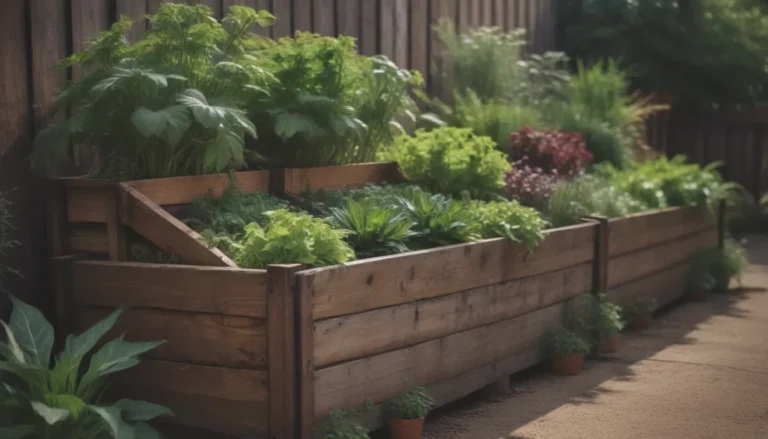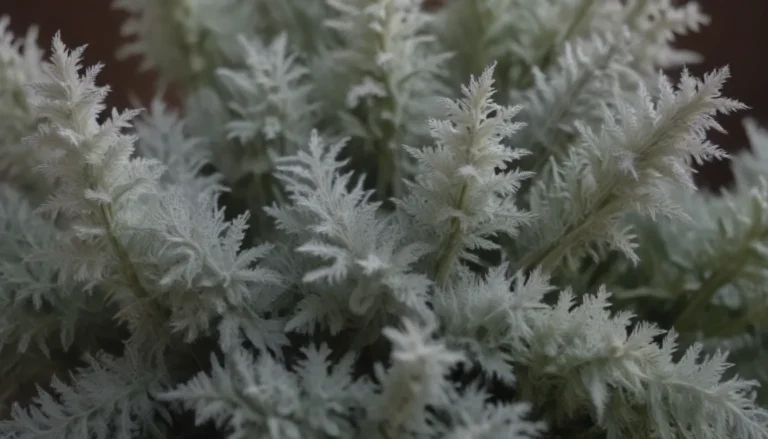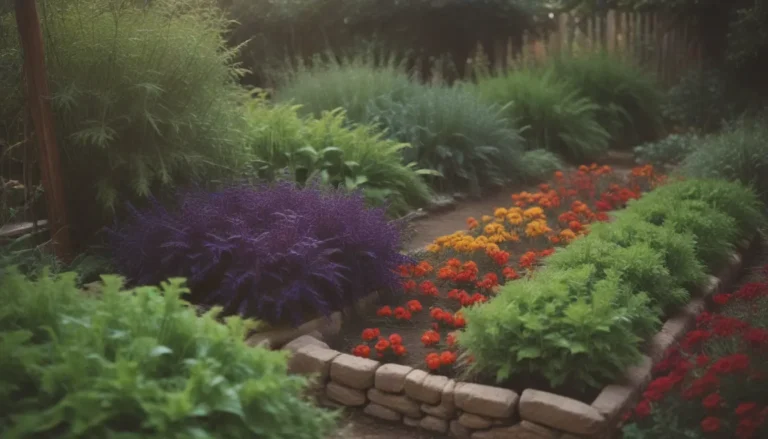How to Successfully Grow and Care for the Philodendron Billietiae

Are you a plant enthusiast looking to add a unique and stunning tropical houseplant to your collection? Look no further than the magnificent Philodendron billietiae! This plant is adored for its elongated, spade-shaped leaves that are sure to make a statement in any indoor space. While once considered rare and hard to find, the Philodendron billietiae is becoming increasingly popular and more readily available in nurseries and specialty shops.
In this comprehensive guide, we will walk you through everything you need to know about growing and caring for the Philodendron billietiae. From lighting requirements to propagation tips, we’ve got you covered every step of the way.
Philodendron Billietiae Care Guide
Here are the essential care requirements for successfully growing a Philodendron billietiae:
Light
In its natural habitat, the Philodendron billietiae thrives under the canopy of the rainforest, making it best suited for bright, indirect light. While some direct sunlight in the morning and evening is acceptable, prolonged exposure to harsh sunlight can lead to leaf burn. Aim to provide your plant with ample natural light for optimal growth.
Soil
When it comes to soil, the Philodendron billietiae prefers a mixture that is moist but well-drained. To achieve this, consider using a blend of indoor potting soil, perlite, and orchid bark or vermiculite. Proper drainage is key to prevent overwatering, which can be detrimental to the plant’s health.
Water
Consistent moisture is essential for the Philodendron billietiae, but be cautious of overwatering. Allow the top one to two inches of soil to dry out between waterings, then water thoroughly, ensuring excess water drains from the pot. Adjust your watering frequency based on the plant’s needs, watering more frequently in spring and summer, and less in fall and winter.
Temperature and Humidity
Maintain warm temperatures between 65 to 80 degrees Fahrenheit (18 to 27 degrees Celsius) and provide ample humidity for your Philodendron billietiae. Ideally, humidity levels should be between 60% to 80% to mimic the plant’s natural environment. Consider using a humidifier or placing the plant in a greenhouse-like setting to regulate humidity levels.
Fertilizer
During the active growing season of spring and summer, apply a balanced fertilizer diluted to half strength once a month. Avoid fertilizing during fall and winter when the plant enters dormancy to prevent fertilizer burn.
Propagating Your Philodendron Billietiae
Propagating the Philodendron billietiae is a straightforward process that involves rooting stem cuttings in either water or sphagnum moss. Follow these simple steps to propagate your plant successfully:
- Take a healthy stem cutting from the mother plant.
- Place the cutting in water or sphagnum moss.
- Monitor the cutting for root development and transplant to soil once roots have formed.
Potting and Repotting Tips
Repot your Philodendron billietiae every one to two years or when it outgrows its current container. Select a pot that is only slightly larger than the previous one and provide adequate drainage to prevent overwatering. Replace old soil with fresh soil during repotting to promote healthy growth.
Common Pests and Plant Diseases
Keep an eye out for common pests such as scale, fungus gnats, spider mites, and thrips that can affect your Philodendron billietiae. Additionally, watch for signs of fungal and bacterial diseases like rust leaf spot, which can be prevented by avoiding water sitting on the leaves and applying fungicides as needed. Root rot can also occur due to overwatering, so monitor the plant for signs of wilting or mushy stems.
Encouraging Bloom in Your Philodendron Billietiae
If you’re eager to see your Philodendron billietiae bloom, ensure it has sufficient warmth and humidity to promote flower production. Blooms typically occur from July to October and consist of clusters of white or light green flowers on a single stalk.
Troubleshooting Common Problems
While the Philodendron billietiae is relatively easy to care for, it’s common to encounter a few challenges along the way. Here are some common issues to watch out for:
Yellow Leaves
Yellow leaves can indicate underwatering, lack of light, overwatering, pests, or fertilizer burn. Evaluate your plant’s environment to determine the underlying cause and adjust care accordingly.
Leaf Spots
Small yellow or rust-colored spots may signal fungal or bacterial diseases like leaf spot. Remove affected leaves and treat the plant with fungicidal spray to prevent further spread. Large brown or black spots may be due to humidity levels or leaf burn, so adjust care as needed.
In conclusion, the Philodendron billietiae is a stunning and unique addition to any indoor plant collection. By following the care tips outlined in this guide, you can successfully grow and care for this tropical beauty. Remember to provide ample light, proper watering, and regular maintenance to keep your Philodendron billietiae thriving for years to come. Happy planting!





